Healthy kids quest: Be active!
Grades 1 to 3 (Ontario)
Elementary cycles 1 to 2 (Quebec)
In the Be active! module, children will learn that physical activity plays an important role in our lives: it contributes to our mental well-being and quality of life.

Share :
Be active!
Physical activity plays an important role in our lives: it contributes to our mental well-being and quality of life. It’s particularly important for children and youth to stay physically active. When children find an activity they love and adopt it early, this hobby can last a lifetime. As part of discovering how to take care of themselves, encourage and empower your students to be more active.
In schools that follow a daily physical activity (DPA) program, it may be difficult to devote more time to physical activity during classroom hours. It might be possible, instead, to use recess time to hold a soccer game or other group sports activity. And assigning students 20 or 30 minutes of their favourite physical activity as homework might encourage their families to keep active, too. This would be another means of keeping physically active without cutting into classroom hours.
Curriculum links
- Health and physical education: Active living
- Health and physical education: Motor skills
Learning objectives
- Distinguish, through level of intensity, between sedentary activities, light activities, and moderate to vigorous activities
- Understand that, to feel good we need to be physically active every day
- Recognize the signs of physical exertion
Learning methods
- Comparing the resting heart rate and the heart rate following moderate to vigorous activity
- Playing an active game that involves classifying activities by their level of intensity
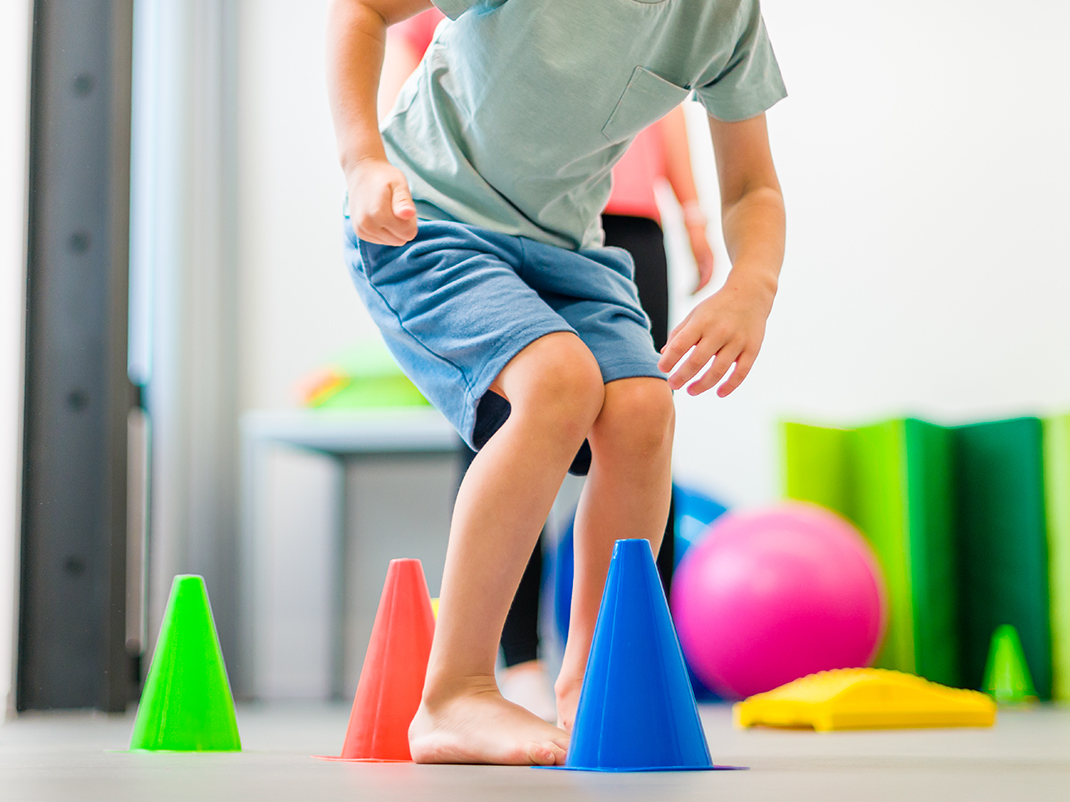
Instructions
Introduction
- In class, briefly go over the points covered in the introductory module, Living well. Ask students if they remember what we need to do to feel good and live well. Remind them that the aim of the Healthy kids quest is to encourage them to explore different ways of taking care of themselves, such as enjoying food, being active and getting enough sleep.
- Ask students if they enjoy being active.
- Is it fun?
- What do they like about it?
- How do they feel when they are taking part in activities they love?
- How can they determine whether their activities or games are considered sedentary, light, or moderate to vigorous in their level of intensity?
- Explain that they are going to learn about these terms and to recognize how their bodies feel when they are being active
- Ask students to name their favourite activities and hobbies, such as bike riding, playing hockey, dancing, drawing, reading, or playing video games. Record their answers on the board.
- Make three columns on the board. Write ‘sedentary activities’ at the top of one, ‘light activities’ at the top of the second one, and ‘moderate to vigorous activities’ at the top of the third one.
- Taking advantage of the fact that they are seated, ask students to put their hands on their hearts.
- Can they feel a heartbeat?
- What about their breathing: is it slow or fast?
- Ask students to stand up and hop, do jumping jacks, or run on the spot for a few minutes. Then have them stop and immediately check their heartbeat again.
- What do they notice about it?
- What do they notice about their breathing?
- Are they hot?
- Have they been perspiring?
- Are they feeling tired?
- Explain that, during sedentary activities, our bodies move very little or not at all. Our breathing is slow, we are not out of breath, and our heartbeat is regular; if we place our hands on our chests, it’s difficult to detect a heartbeat. Physical activity increases the heart rate: it makes the heart beat faster and stronger. During light activity, we are not sitting in one place and we are moving around. Our hearts beat a little faster, but we don’t get out of breath. During moderate to vigorous activity, our bodies move a lot, our breathing is faster, we get out of breath, and sometimes we have trouble speaking. Often we’re hot and start to perspire, and our bodies get tired.
- To determine whether the activities on the board are considered sedentary, light, or moderate to vigorous, ask students to start walking on the spot.
- Name the activities one by one
- If an activity is sedentary, students are to stop walking and freeze, like statues, in the pose of the activity
- If the activity is light or moderate to vigorous in intensity, they can resume moving on the spot while imitating the action of the activity
- Write the name of each activity in the appropriate column
- Review the activities listed in each column with students.
- Are there some activities they’ve never tried before and would like to learn?
- Can they name other physical activities that are fun to do?
- Talk about the importance of being physically active. Explain that children their age should try to do as much light and moderate to vigorous activity as they can. You can specify that it’s recommended by the Canadian Society for Exercise Physiology (CSEP) that children have at least 60 minutes of moderate to vigorous activity every day, along with several hours of light physical activity spread throughout the day. If sedentary activities are long, they should be broken up with some movement, and recreational screen time should be limited to a maximum of 2 hours per day.
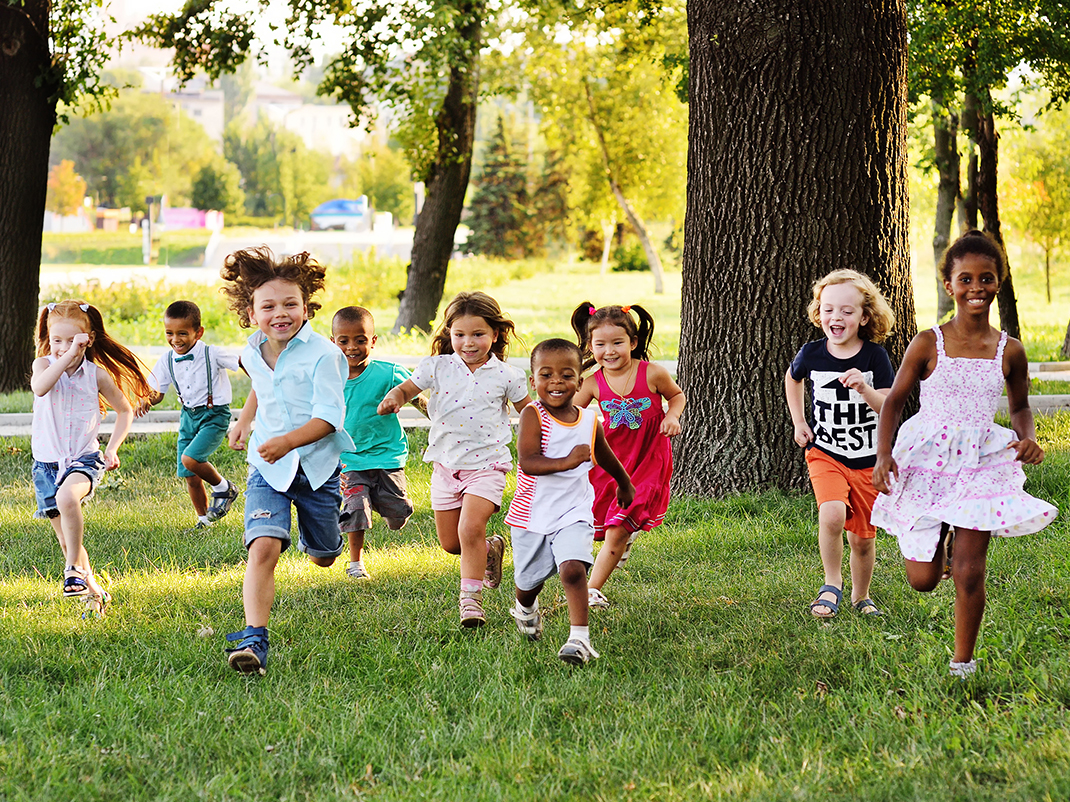

Ask students why they think it’s important to be physically active every day. How does being active benefit our health? Listen to their answers and then go over the following list of benefits. If they are physically active, they could:
- Have stronger bodies (a stronger heart, bones, and muscles)
- Have more energy (improve their fitness)
- Sleep better at night
- Find it easier to concentrate
- Do better at school
- Improve their posture and balance
- Be less stressed
- Meet new friends
- Have better self-esteem
- Feel good about themselves
Sedentary activities that don’t involve electronics or sitting in front of a screen can help maintain and improve mental health. Examples are: breathing exercises, meditation, stretching, reading, putting together a jigsaw puzzle or playing a board game.
Children should try to make time for activities at all three levels of intensity each day. They should engage in as much moderate to vigorous and light activity as possible, break up long sedentary activities with movement, and replace screen time with other activities (see examples above).
Optional activities
Check out the relay race activity in the Lunchtime fun! module. The students can get some physical activity during class time.
Check out our Storytime at the farm virtual field trip, offered by the Canada Agriculture and Food Museum. This program allows students to get to know farm animals through yoga-like postures, gentle movement, and stretching. They may even meet an animal or two!
Additional notes
- To keep the activities of this module inclusive to all students, it’s important to keep in mind that everyone comes from different backgrounds and the types of physical activity they are able to do depends on the range of their physical ability and their environment.
- As children’s circumstances vary, so may their opportunity to access amenities and equipment. For example, they may not have a backyard to play in at home or live near a safe park they can visit; they may not always have a trusted adult available to supervise them; or their parents may not be able to pay to register them in extracurricular sports.
- Circumstances that limit students from meeting CSEP recommendations are, of course, beyond their control. With this in mind, keep a neutral tone when talking about sedentary, light, and moderate to vigorous activity, and don’t emphasize that vigorous activity is “better” and sedentary behaviour is “bad.”
- Instead, encourage students to choose activities that they love and to discover new activities and hobbies, to practice a variety of activities at all levels of intensity each day if they can, and to stay safe and limit recreational screen time as much as possible, to benefit their quality of sleep and their mental health.

Every activity counts
According to the Canadian Society for Exercise Physiology (CSEP), children between the age of 5 and 11 need at least 60 minutes of moderate to vigorous activity every day, along with several hours of light physical activity spread throughout the day, and should also break up sedentary activity with movement. Examples of moderate to vigorous activities include cycling, swimming, playing ball games, dog walking, and climbing on play structures. Light activities include slow walking, doing chores, or gardening. Some sedentary activities that don’t involve screen time include reading, drawing, colouring, playing board games, and completing jigsaw puzzles.
It can be difficult to measure students’ physical activity because they do so many different activities throughout the day. Keeping track of how they like to spend their time can help students to reflect on what they like to do and how much time they spend on these activities, and to think about what other activities they’d like to try.
Curriculum links
- Health and physical education: Active living
- Mathematics: Number sense and numeration
- Mathematics: Measurement
Learning objectives
- Understand that to live well, children need at least 60 minutes of moderate to vigorous activity every day, several hours of physical activity spread throughout the day, and movement to break up long sedentary activities
- Realize that every bit of physical activity counts, and that time spent exercising accumulates throughout the day
Learning methods
- Measuring and recording the time spent performing moderate to vigorous activity, light activity, and sedentary activity over the course of at least one day
- Calculating the time spent being active over the course of at least one day
Before starting: Printing worksheets
- Make a photocopy of the Every activity counts! worksheet for each student
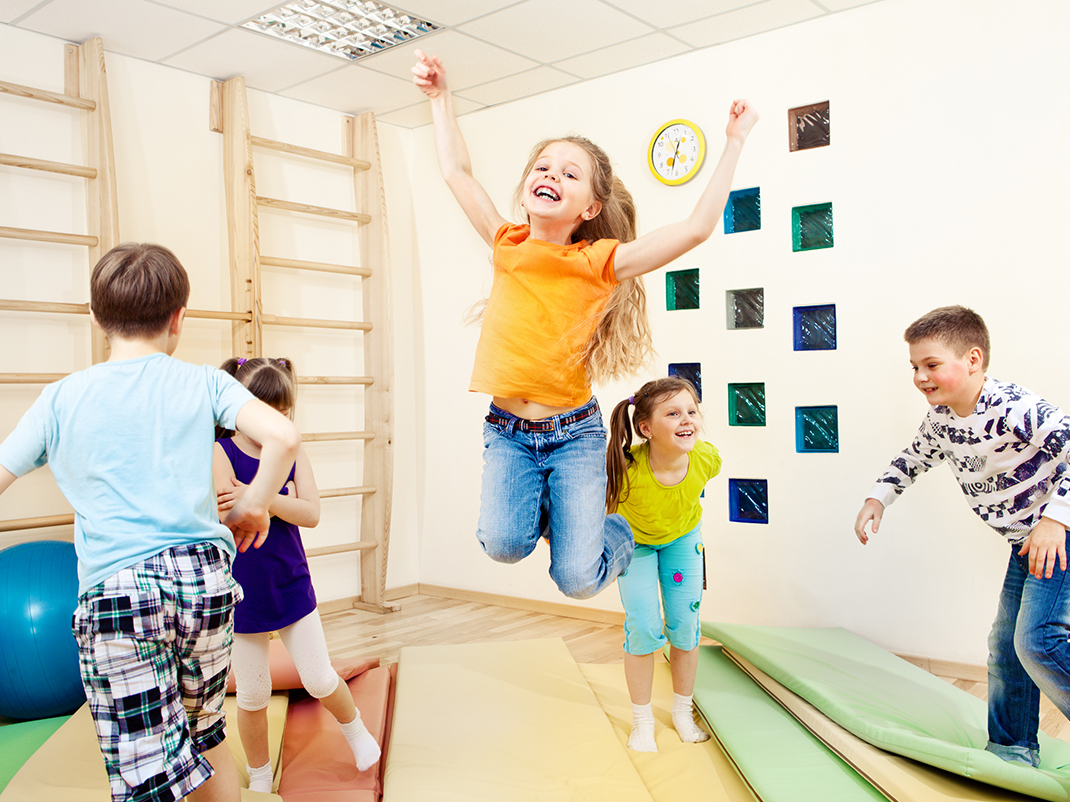
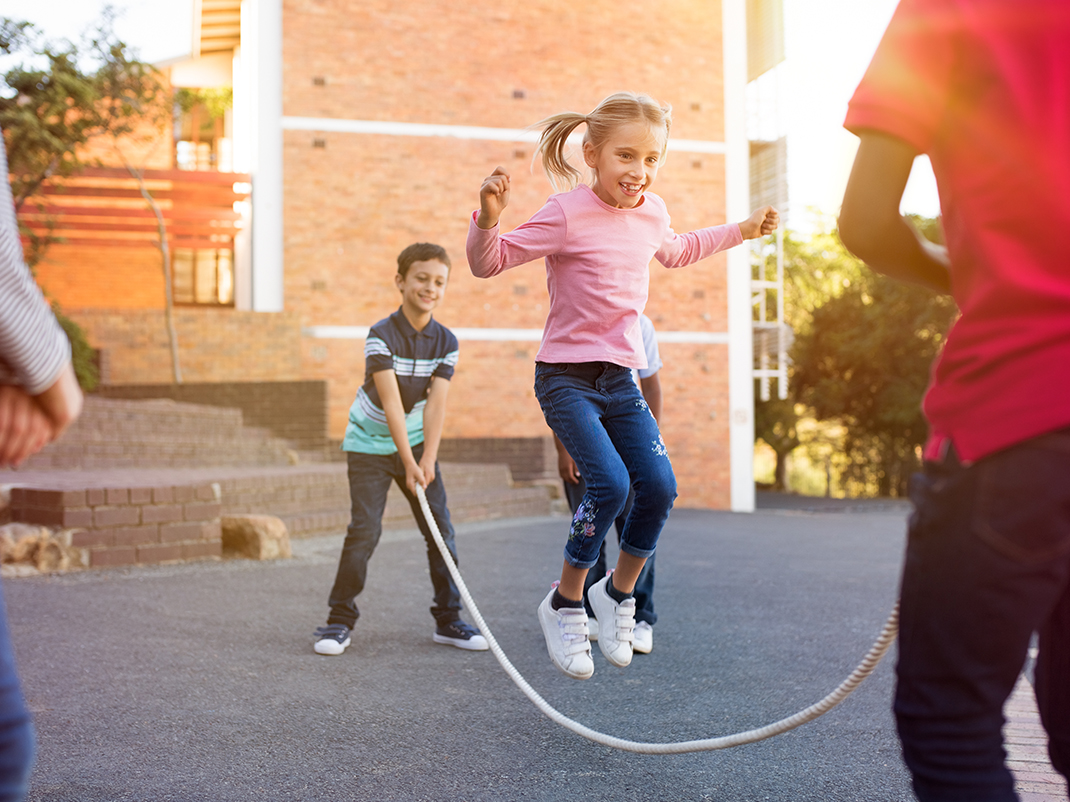
Instructions
Pre-activity: Class discussion
- Ask students if they remember what “living well” means.
- How do we take care of ourselves? We need to enjoy food, keep active, get enough sleep, stay safe, etc.
- How much time should we spend being physically active every day? Explain that children their age should aim for at least 60 minutes of moderate to vigorous activity if possible, along with several hours of light physical activity spread throughout the day, and they should break up sedentary activities with movement.
- A moderate to vigorous activity could be walking briskly, skating, running, playing soccer, cross-country skiing, or playing basketball. Light activities could include slow walking, using stairs, bedroom cleaning, doing chores, or gardening.
- Sedentary activities without screen time could include playing board games, reading a book, drawing, stretching, or doing breathing exercises
- Remind students that physical activity increases the heart rate: it makes the heart beat faster and stronger. When we are active, our bodies move, our breathing is faster, we get out of breath, and sometimes we have trouble speaking. Often we’re hot and start to perspire, and our bodies get tired.
- How much time do students think they spend doing each type of activity?
| Type of physical activity | Duration in minutes | Moderate to vigorous, Light, or Sedentary? |
|---|---|---|
| Skipping rope | 10 | Moderate to vigorous |
Every activity counts!
- Give each student a copy of the Every activity counts! worksheet.
- Explain that the next activity is designed to measure the time they spend on activities at each level of intensity over the course of one day (or longer, if desired)
- Remind students that being physically active will look different to everyone. Everyone will have different physical abilities which will determine what they are able to do and for how long.
- Also, everyone’s environment will be different and they will have access to different things and spaces. Our backgrounds and lifestyles are all different –and all good!
- Regardless of which activities they choose, as long as they feel good and are safe doing them then they are living well
- On a specific day, ask students to consider the activities they’ve done since getting up in the morning, and to note them under Type of physical activity on their worksheets.
- Next, they should estimate the time spent on this activity, record it under duration in minutes, and then specify whether it was moderate to vigorous, light, or sedentary
- For example, before catching the school bus, a student skipped rope for 10 minutes: it’s considered moderate to vigorous exercise
- After recess and physical education classes, allow a few minutes for students to record their data on their worksheets.
- Send students’ worksheets home with them. Ask students to record the time they spend on activities during the evening.
- The next day, ask students to add up the minutes they spent on each type of activity the previous day. How much time did they spend on each type of activity? What were their favourite activities? How do they feel during each type of activity? Then ask them to think about how much time they spent in front of a screen and how they feel when they do so. Do they like spending time indoors or outdoors? Talk about the results with students.
- With the help of students, identify moderate to vigorous, light, and screen-free sedentary activities they could choose to replace their screen time. Remind them that adopting such changes may take some time, but encourage them to pick an activity they might enjoy and substitute it for screen time.
Suggestion
Repeat the activity for several days (for example, include weekends), and see if there are differences or similarities from one day to another.
Printable PDF
Please see the printable PDF at the bottom of the page.

Sleeping soundly
Children between the age of 5 and 13 need 9 to 11 hours of sleep a night. Children who get enough sleep wake up feeling refreshed and happier, are more alert and able to concentrate more, develop their memory, and feel good about themselves.
This next activity gets students thinking about what helps them go to sleep. They’ll learn why it’s important to have a bedtime routine and will share what works for them, to give their classmates ideas.
Curriculum links
- Health and physical education: Active living
- Visual arts
- Language: Oral communication
Learning objectives
- Understand that to live well, children need 9 to 11 hours of sleep a night
- Know what’s involved in a bedtime routine that can lead to falling asleep
Learning methods
- Reading a storybook and analyzing what the main character could do differently to get to sleep earlier
- Sharing, with a partner, ways of getting ready for bed
Materials
- Robert Munsch’s book, Get Out of Bed!
- 4 to 5 white Bristol boards
- Markers, crayons, or pencil crayons for drawing and colouring
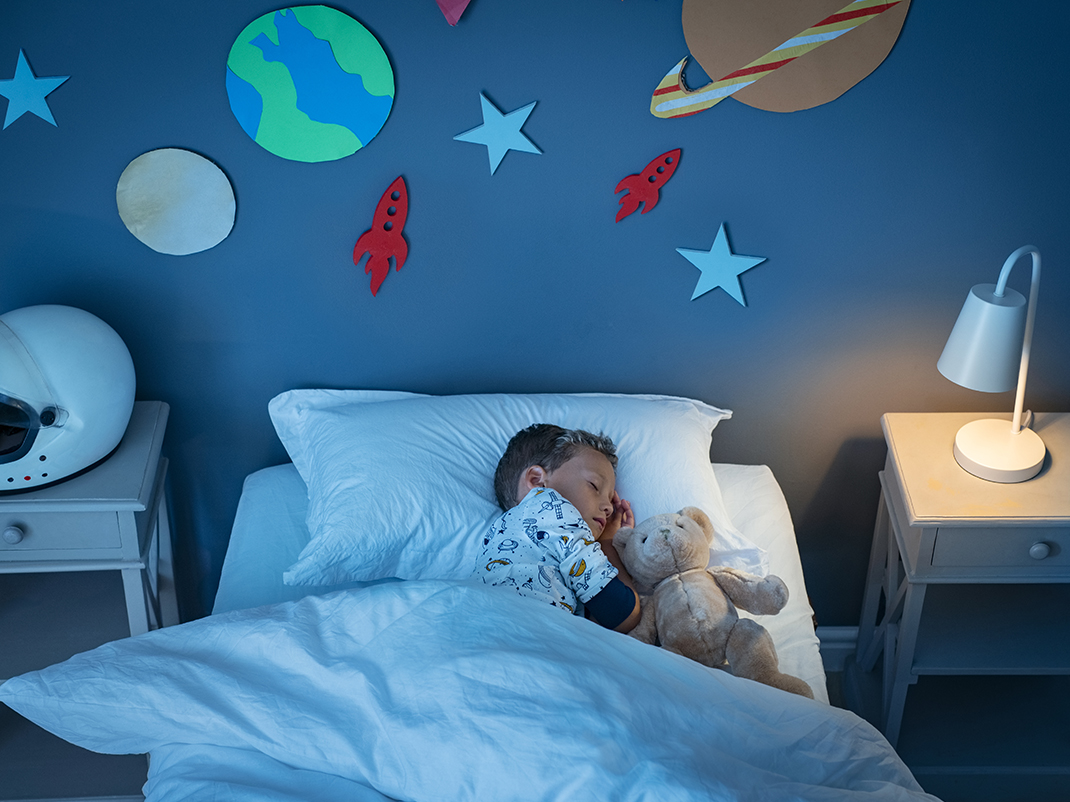
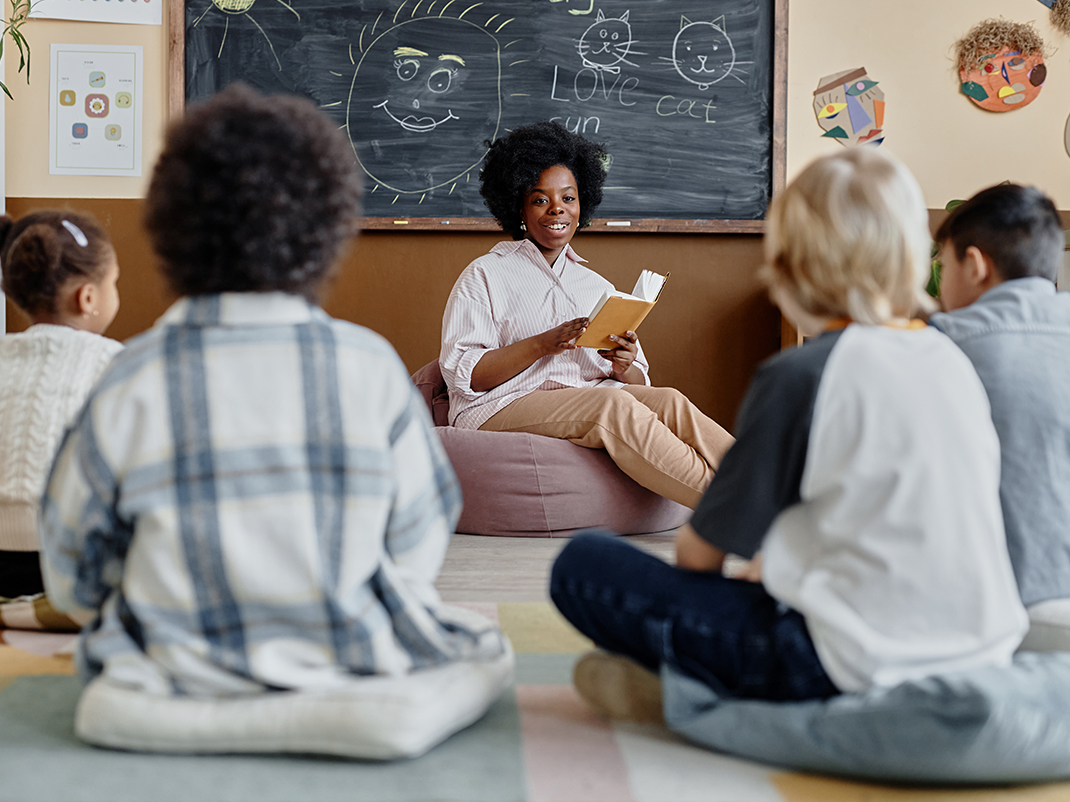
Instructions
Pre-activity part 1: Storytime and reflection
- Read Robert Munsch’s Get Out of Bed! to the students.
- After reading the story, ask students what they thought about it. Did they find it funny? How would they have woken Amy up? Have they ever felt so tired that they could sleep the way Amy did?
- Ask them what happened to Amy. What did she do the night before that made her sleep all the next day? She stayed up very late and watched TV all night! She was awake all night, and finally fell asleep early in the morning, right when it was time to get ready for school. By then, she couldn’t wake up at all.
- What did Amy miss out on during the day while she was sleeping? She missed out on a whole school day filled with activities with her classmates. She missed reading time, gym, and art class. She also missed breakfast, lunch, and dinner: that’s why she was so hungry when she finally woke up!
- What are some suggestions Amy could use to help her get to sleep on time? Amy should have turned off the TV much earlier and gone to bed once it was night time. She could have read a book instead of watching TV.
Pre-activity part 2: Class discussion
- Ask students whether they have ever felt like Amy, and felt so tired during the day that they could fall asleep?
- Why does that happen sometimes? It’s because we don’t get enough sleep at night.
- Ask students if they know how much time they need to sleep.
- Children between 5 and 13 need 9 to 11 hours of sleep a night
- Someone who needs to wake up at 7 a.m. to get ready for school, needs to get to sleep between 8 p.m. and 10 p.m.
- Going to bed at the same time every night is also important
- The pattern helps us sleep better and wake up on time
- Ask students why sleep is important.
- When we sleep, we give our bodies a break from all the activities we pack in, like thinking, learning, playing, spending time with others, doing homework, and so much more
- Sleep allows our bodies and our minds to rest so that we can grow and can renew the energy we need for the next day
- Have students noticed that when they’re sick they feel more tired than usual? It’s because the body is telling them to sleep, in order to rest and get better faster.
- How do we feel after we’ve had enough sleep?
- It’s likely we feel refreshed and energized for the day — and happy, since sleep helps mind and mood
- It allows us to think clearly, concentrate, learn more, stay alert and develop our memory
- How do we feel when we haven’t had enough sleep? We probably feel grumpy and find it very hard to concentrate on anything or to learn and play. We may have very low energy, feel very tired, and want to go to sleep.
- How do we know we’re tired and that we need to sleep?
- Our eyes may feel heavy and we may start to yawn and have a hard time concentrating on what’s happening around us
- We might even simply fall asleep without meaning to!
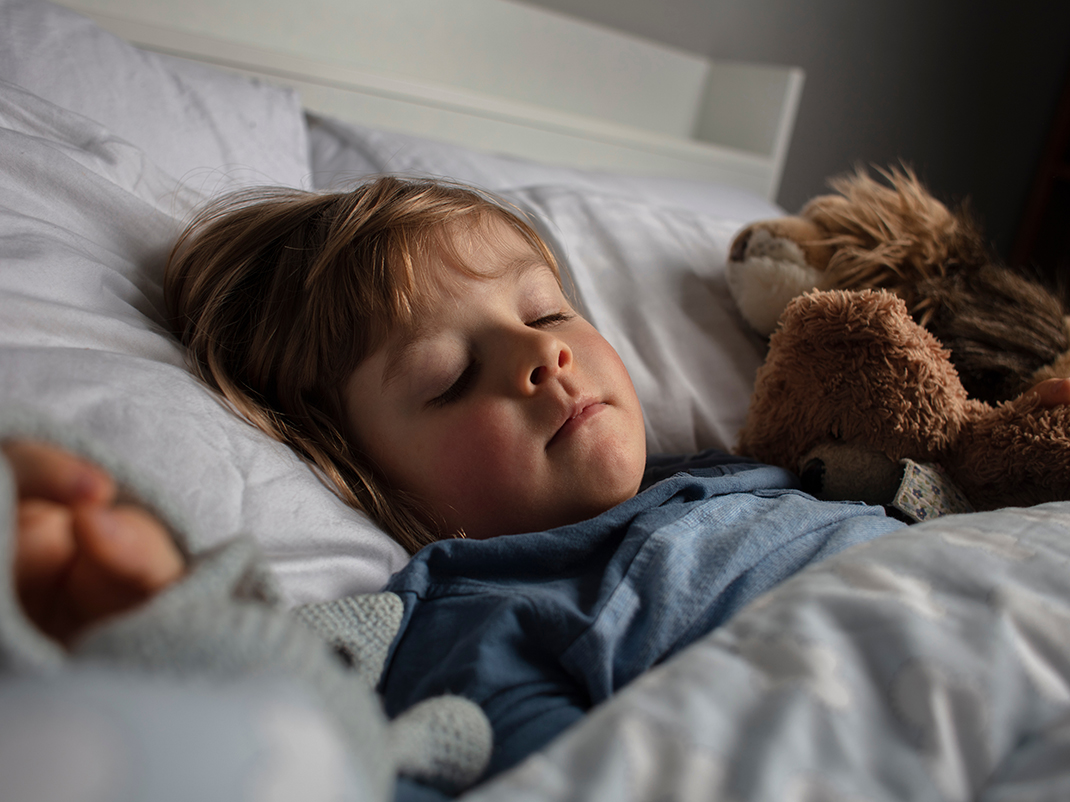
Bedtime routine poster
- Ask students if they could fall asleep immediately if they were to hop into a bed right now.
- It’s most likely that most of them would have a hard time falling asleep in the classroom because it’s not night time but also because they haven’t followed their bedtime routine
- What is a bedtime routine? It’s a series of steps to take each night in preparation for bed.
- These steps bring calm and help us relax. A bedtime routine can help us fall asleep when our bodies need rest.
- People have different bedtime routines that work for them.
- Ask students what steps they take at home to get ready for bed
- Answers will widely vary, from turning off all electronics (TV, tablets, computers), having a small snack or some warm milk, taking a warm bath or shower, putting on pajamas, brushing teeth, meditating, doing breathing exercises, praying, grabbing a favourite stuffed toy, having a bedtime story or reading a book, listening to a lullaby, or turning on a night light
- What time should a bedtime routine start?
- This depends on the preferred time to fall asleep and the length of the routine
- To fall asleep at 8 p.m., a one-hour routine should be started at 7 p.m.
- Divide the class into 4 or 5 groups and give them a Bristol board each.
- Provide markers, crayons, or pencil crayons, or ask students to use their own
- Explain that they will be working in teams to create a bedtime routine poster
- They should discuss what goes into their bedtime routine and then draw the tasks on the Bristol board
- When all the groups have completed their posters, ask each group to present their poster to the class
- They should explain which part of the bedtime routine each picture represents
Suggestion
To make this activity extra special for students, you can present it on pajama day. Give them the date ahead of time so that they can come to class wearing pajamas for the activity.

Printable PDF
Every activity counts! (PDF, 209 KB)
You may also be interested in

Healthy kids quest: Water for me, please!
Feeling thirsty? In the Water for me, please! module of the Healthy kids quest, students will learn that water is essential to our survival. When we make water our main drink of choice, we satisfy our thirst and feel good.

Healthy kids quest: Lunchtime fun!
The Lunchtime fun! module teaches students the importance of eating a variety of foods in order to grow, learn and play. The Canada Food Guide is introduced in the module.

Healthy kids quest: Memorable meals
Food helps our bodies function, but it also gives us an opportunity to enjoy ourselves, as we spend time with others in our families and communities, and connect with our culture, traditions, and history. This module encourages students to discover or look deeper into their family recipes and traditions.